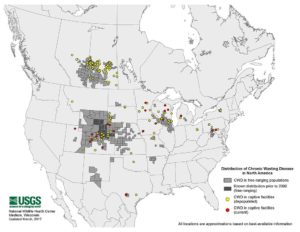The 1918 Flu Pandemic

The 1918 influenza pandemic was the disease outbreak that took the greatest toll in the twentieth century. Globally, perhaps between fifty and a hundred million people died. There are a wealth of wonderful books on the topic. I particularly recommend both Alfred Crosby, America’s Forgotten Pandemic and John Barry, The Great Influenza. Eileen Pettigrew’s Silent Enemy is an excellent popular account of Canada’s experience of the pandemic.
Years ago I was visiting a graveyard in Portland, Oregon. There were three graves next to each other, a man, a woman, and a child, who had all died within a few days of each other in November, 1918, almost certainly from the flu. It’s hard to imagine now what that lived experience must have been like. So many families have stories of ancestors who fought in World War One and survived, only to die on their way home.
My own grandfather was traveling in the Peace River country of northern Alberta at the time. He had decided that he was bored on the farm in southern Ontario. He and a friend had set out on an adventure to travel to the Yukon. Then his friend came down with the flu that fall in 1918. Although they never did make it to the Yukon, my grandfather helped to get his friend Frank home, where -as far as I know- he had a long and happy life. Of course, this was only one insignificant moment in the global disaster that impacted families from India to Australia, and took tens of millions of lives.
There is a fascinating new podcast series on this outbreak, which is well-researched and thoughtfully presented: Going Viral: the Mother of All Pandemics. The presenters have deep historical knowledge, and have invested an immense amount of time in preparing this engaging work. I enjoyed their trip to the former battlefields of France to try to track down the pandemic’s origin with Dr. John Oxford. One would think that there wasn’t much new left to say on this topic. Yet in their search for the true origins of the pandemic they look at provocative thinking and current debates, such as Mark Osborne Humphries’ idea that perhaps the pandemic actually began in China. They are also engaging speakers; one can imagine listening to them as a student, and being captured by their lecture style. You can find the podcast on iTunes and similar venues. Given the proliferation of H7N9, the diversification of influenza clades, and the fact that we still don’t have a universal influenza vaccine, this history remains sadly relevant. Highly Recommended. If you are interested to learn about more recent debates, you can also read my own work on influenza and pre-pandemic vaccines as well as conspiracy theories. Both of these articles are publicly available for free. You can also find more freely available articles on influenza here.




